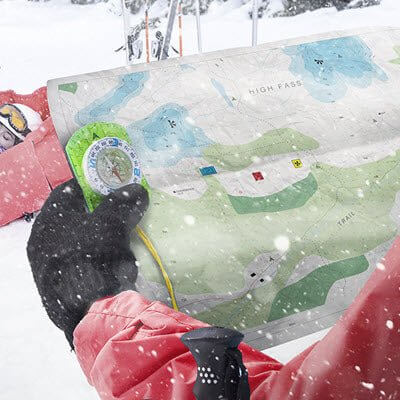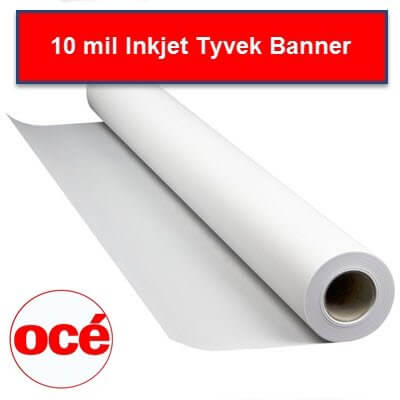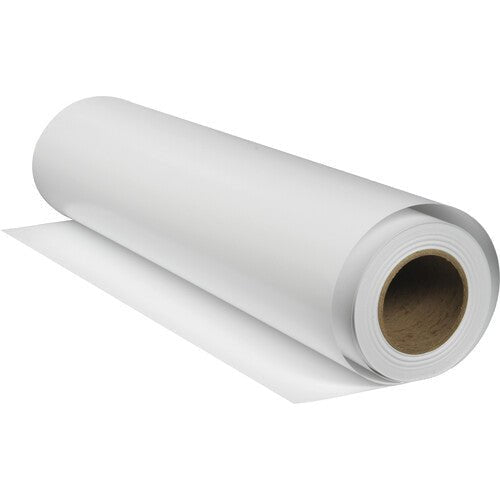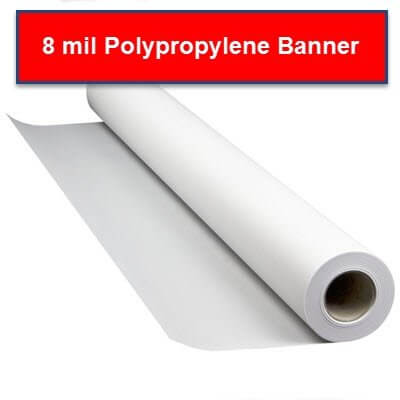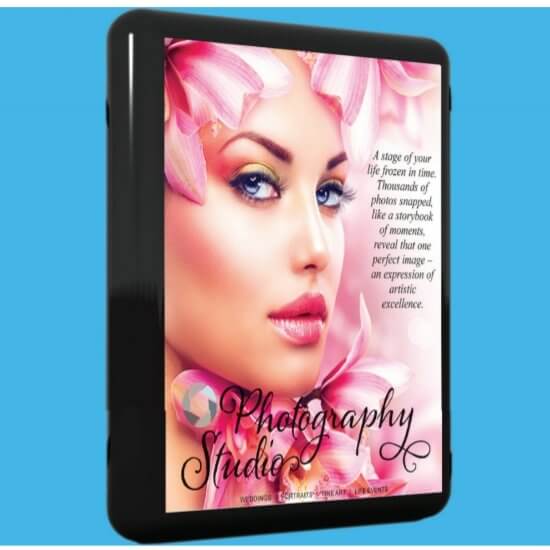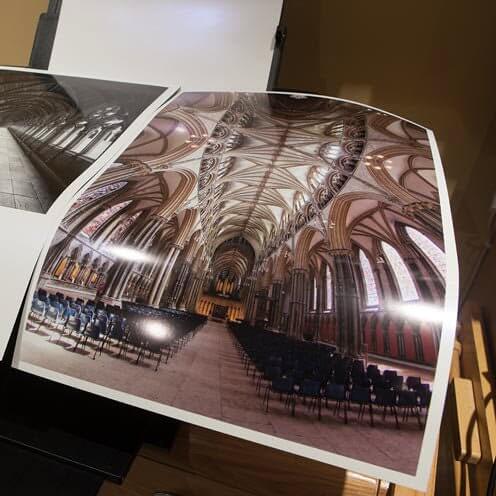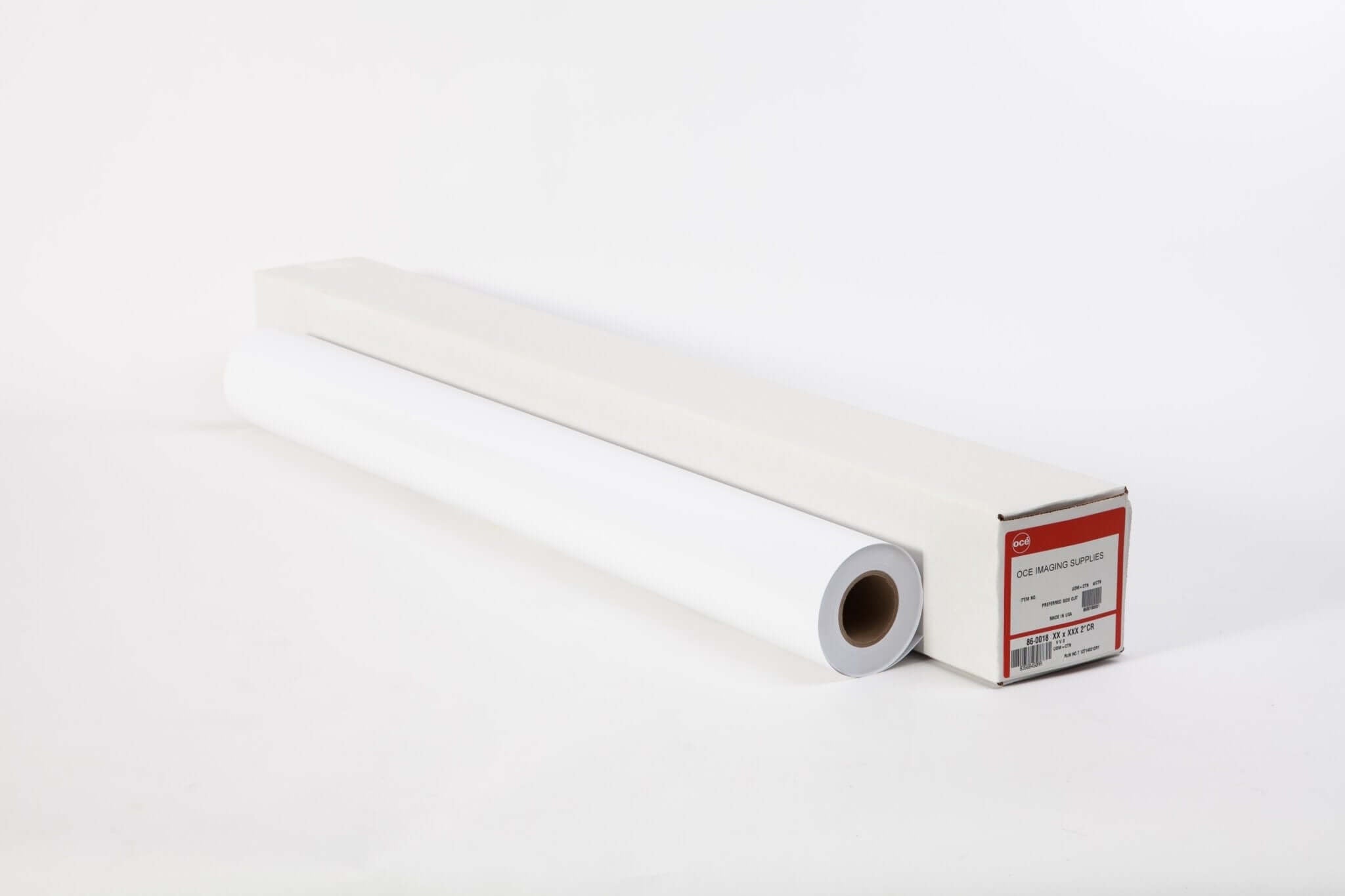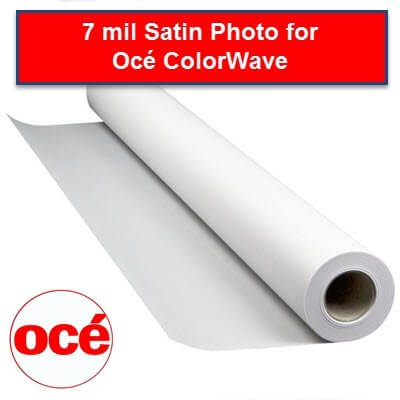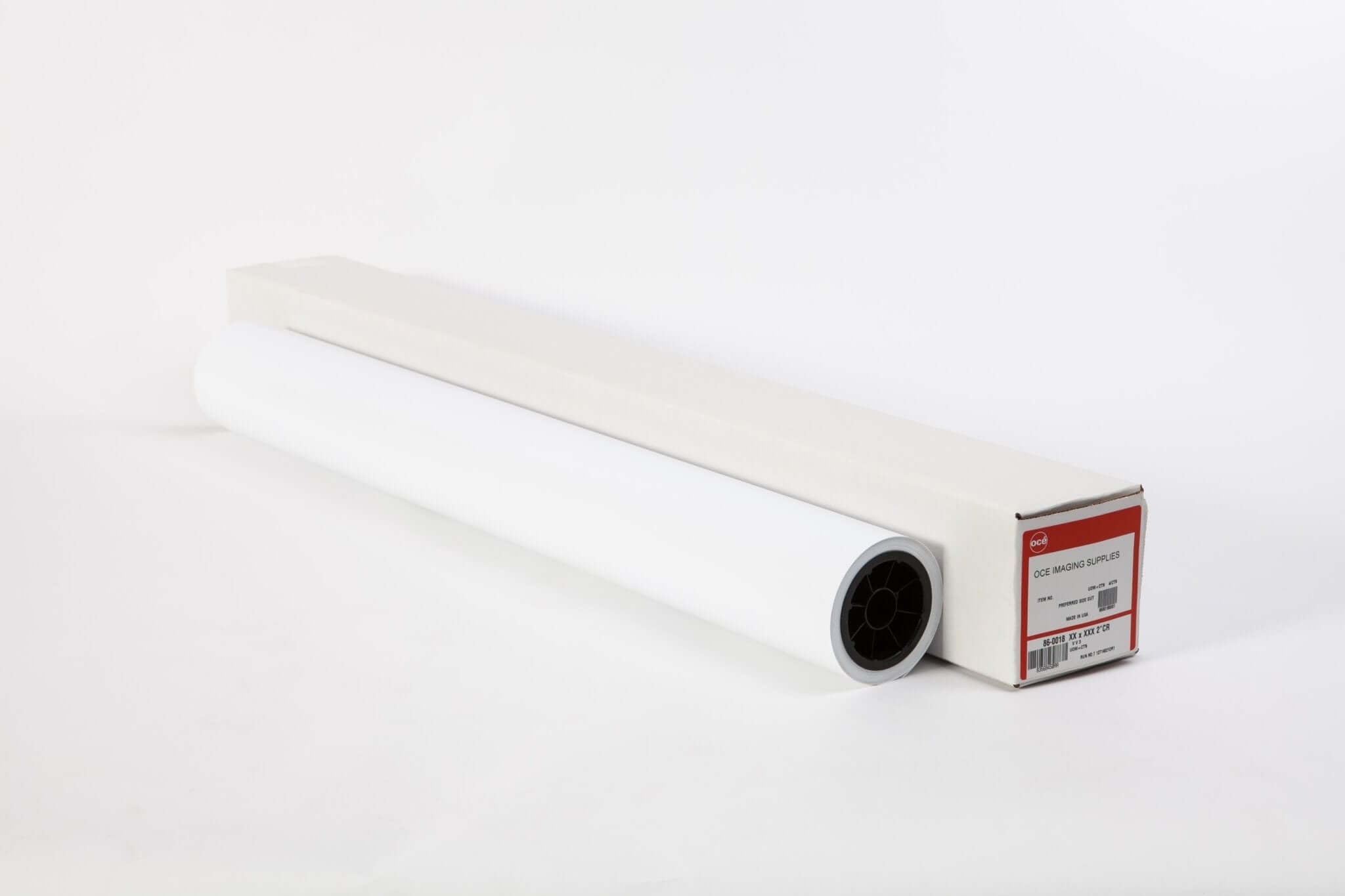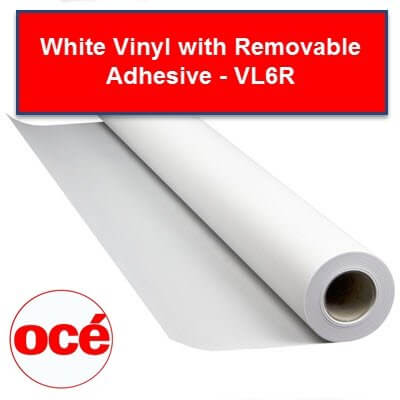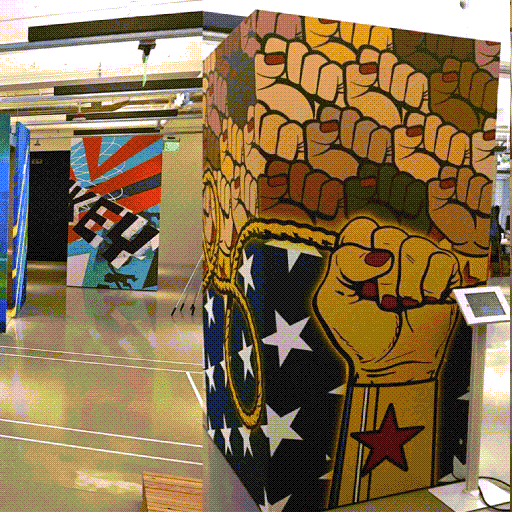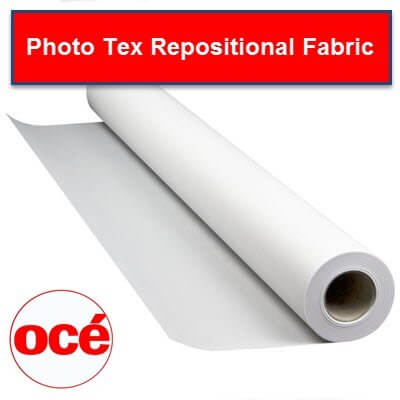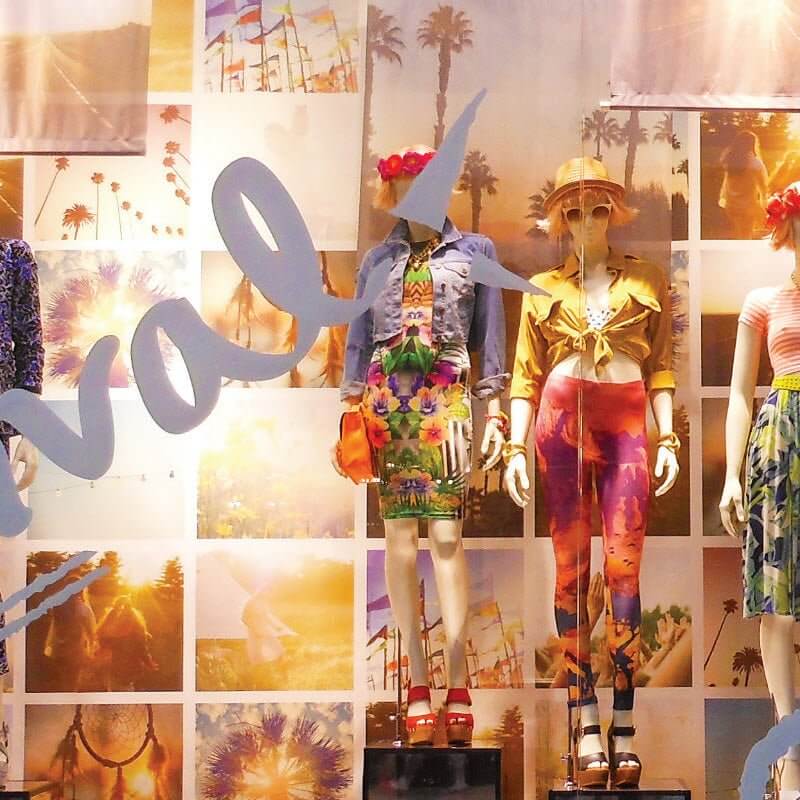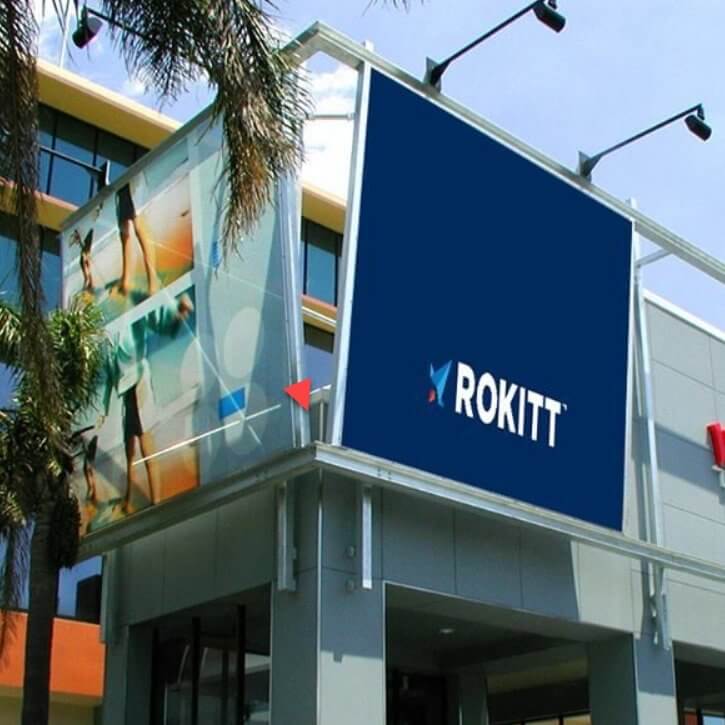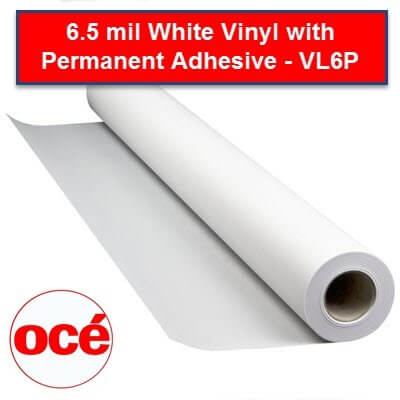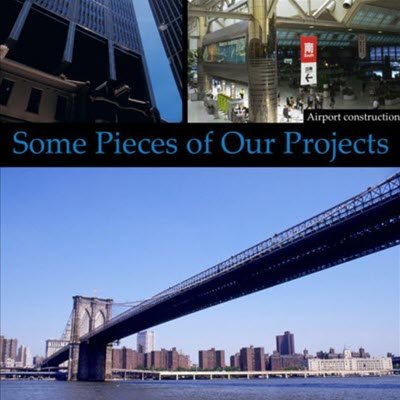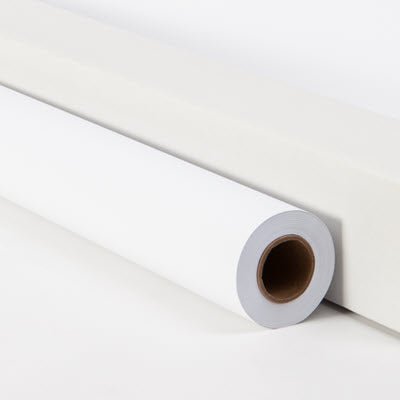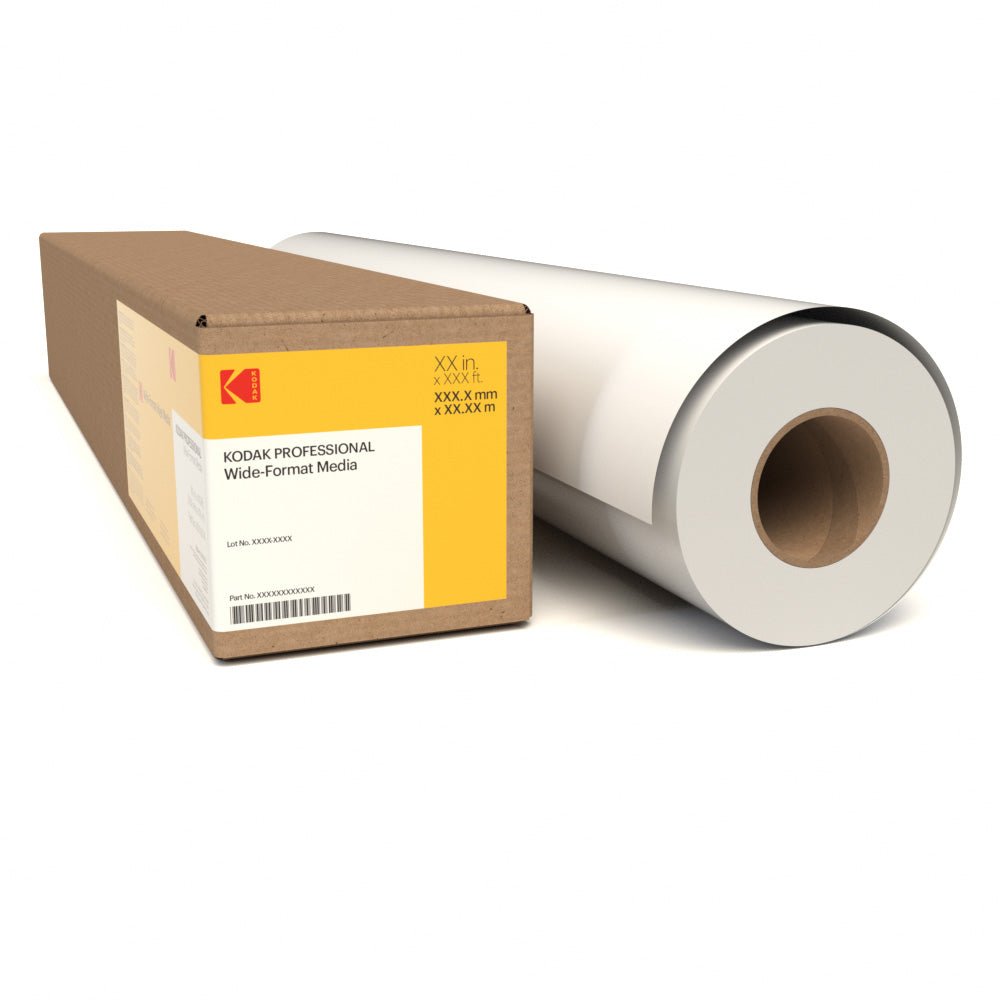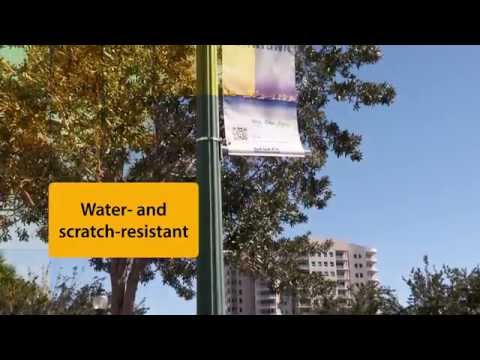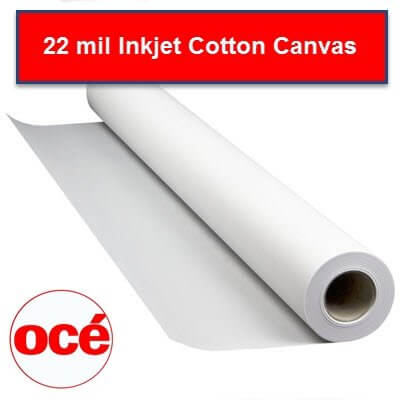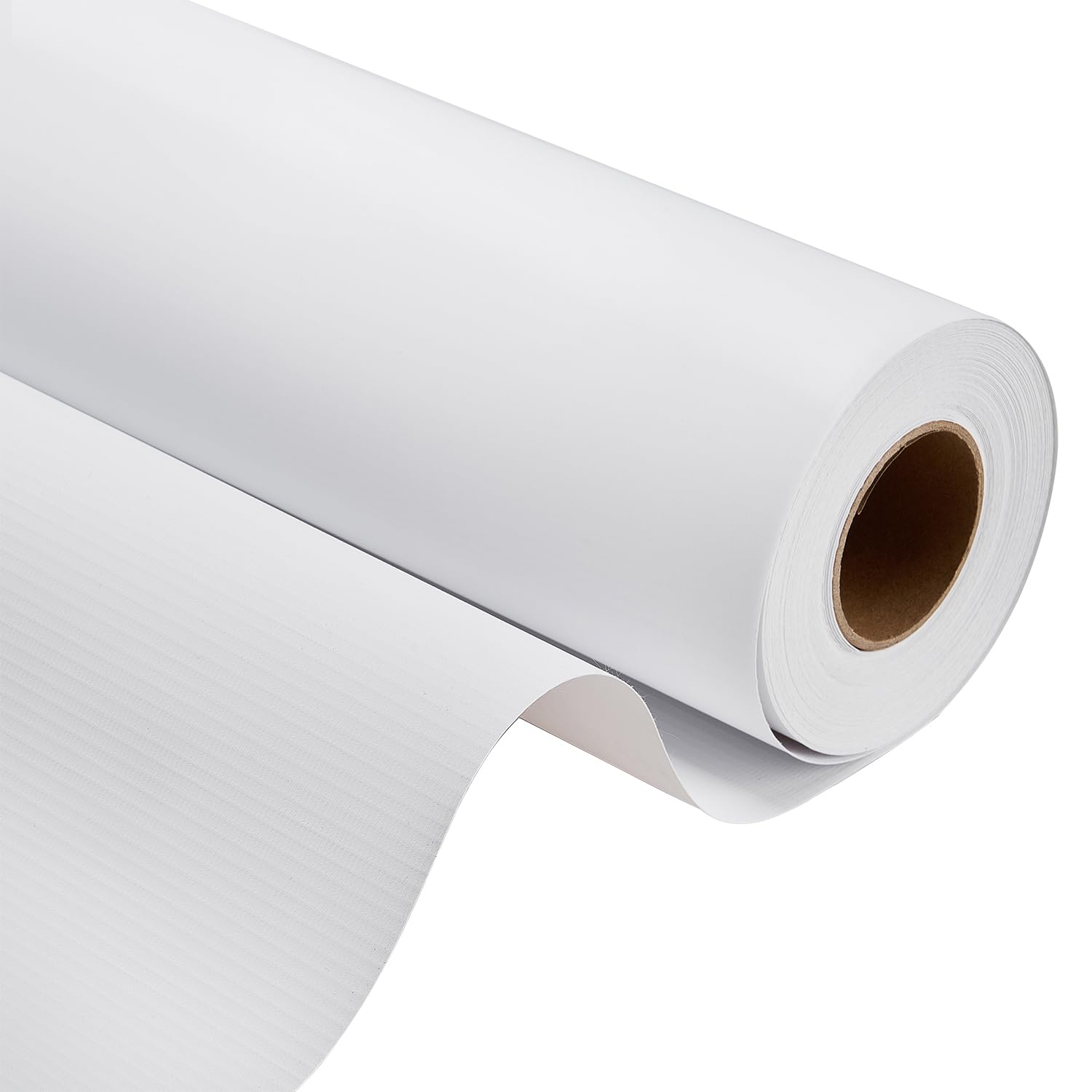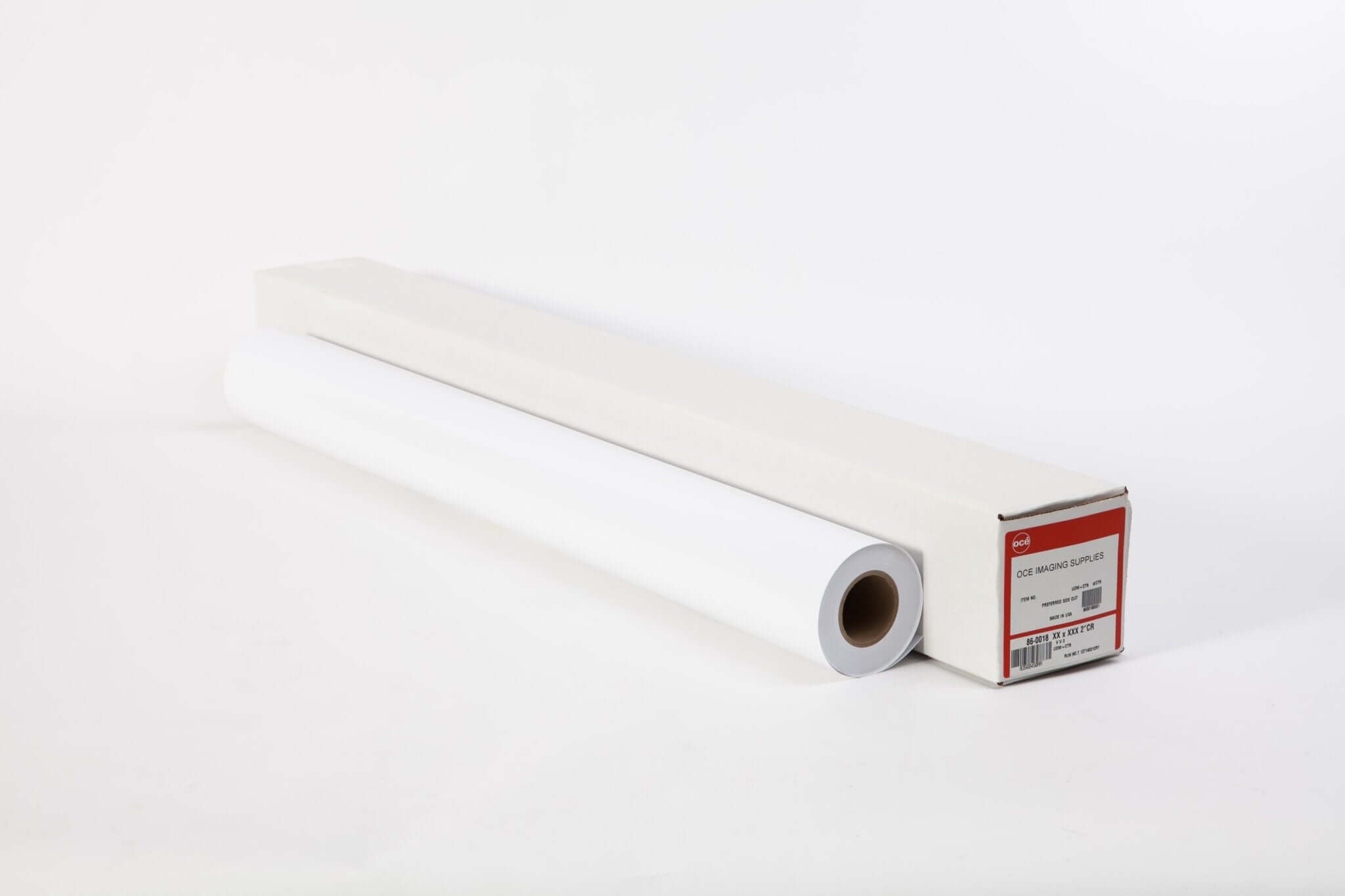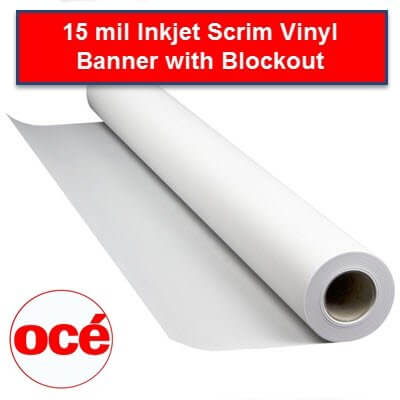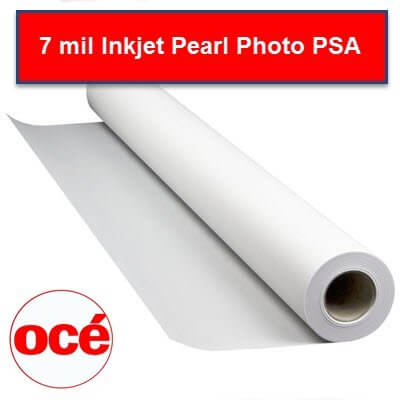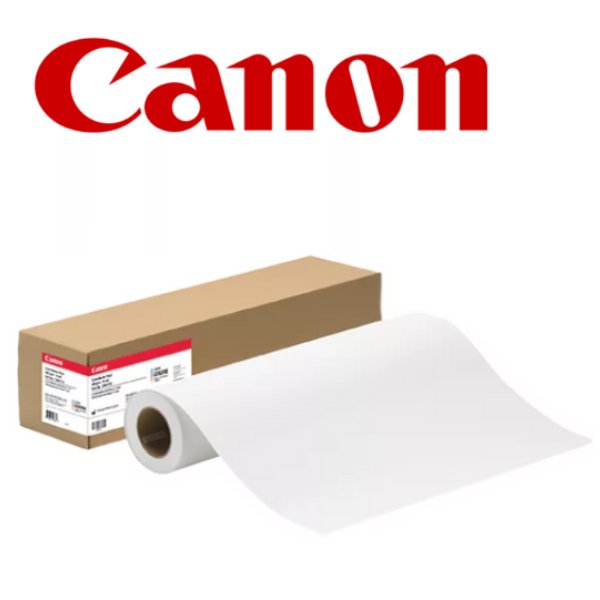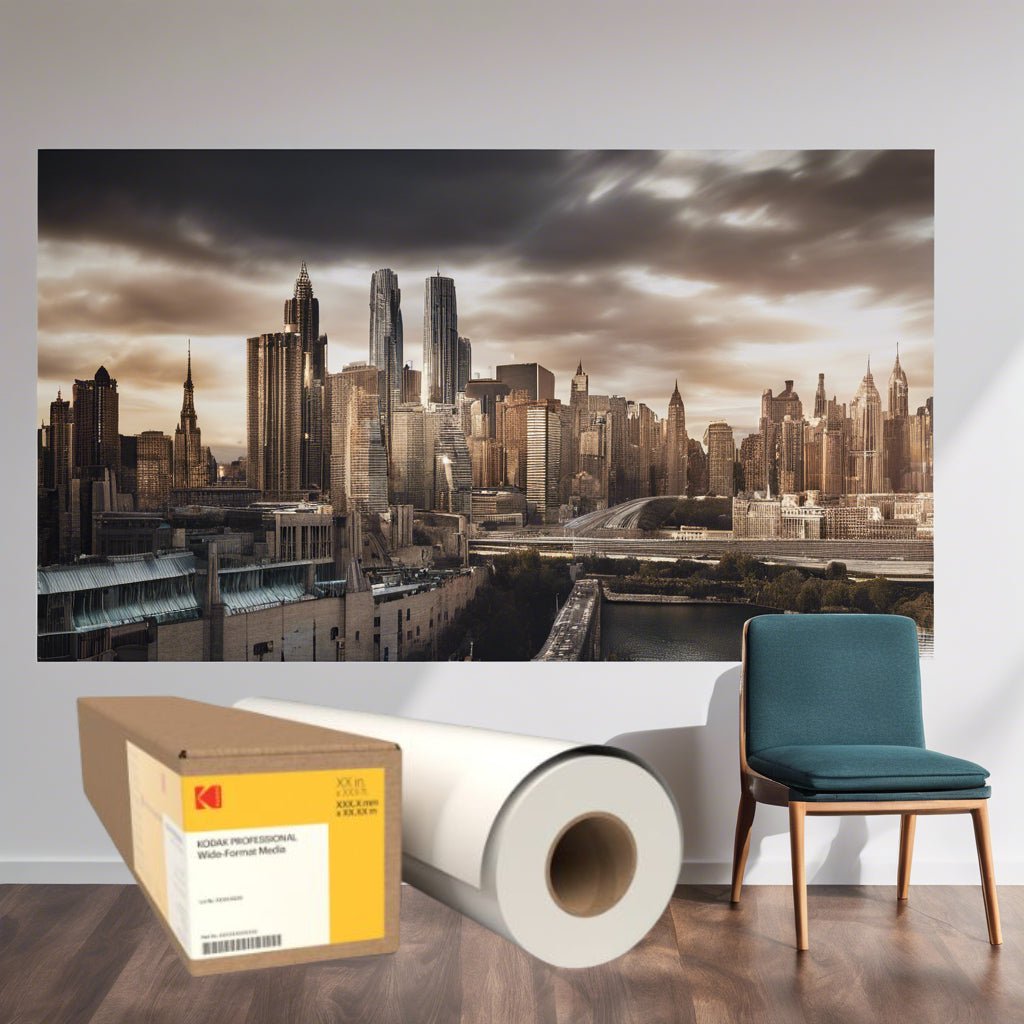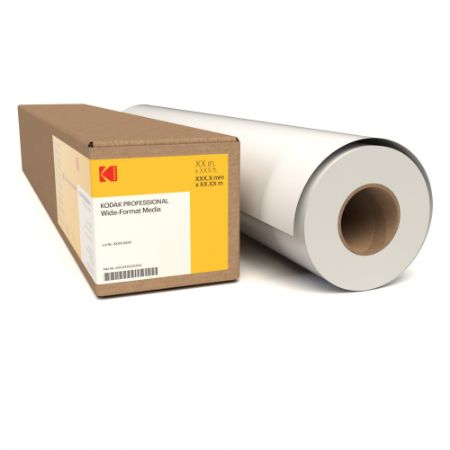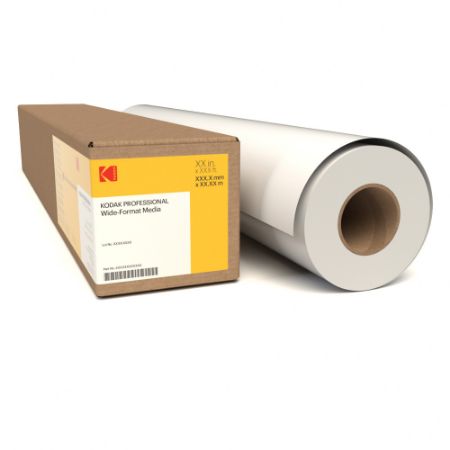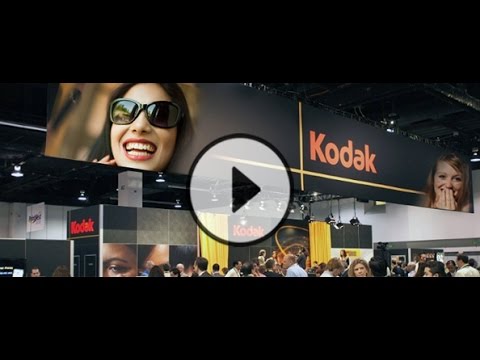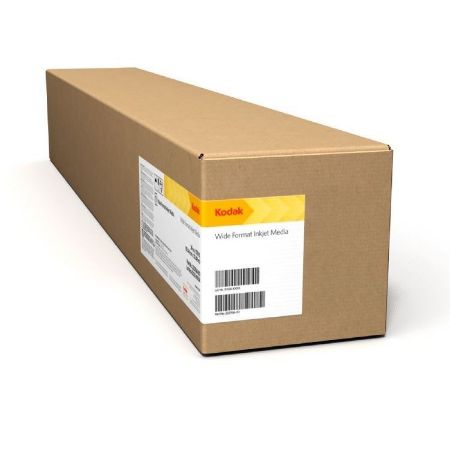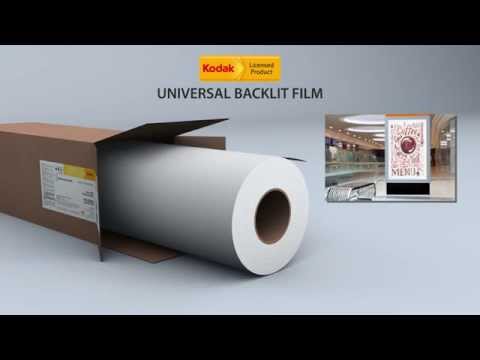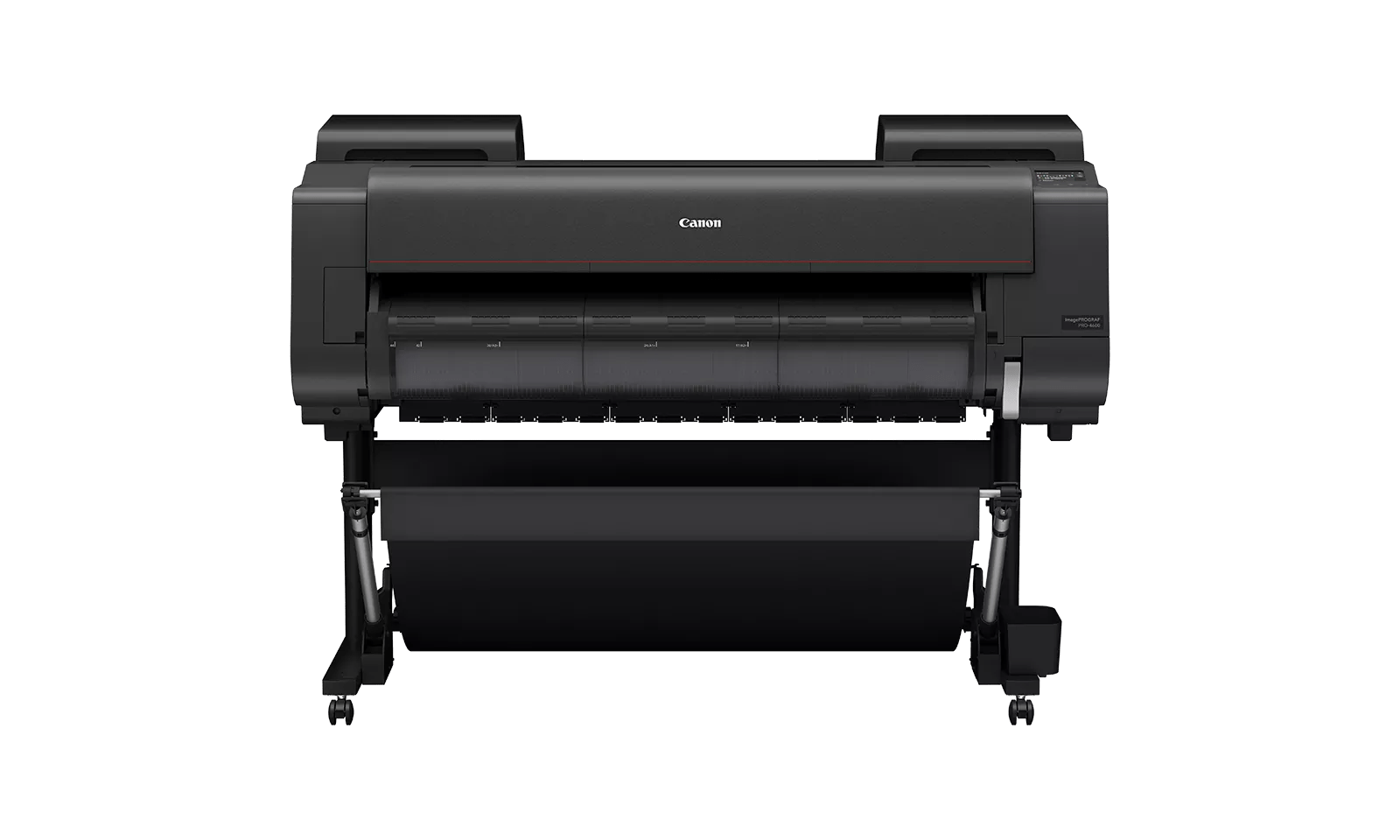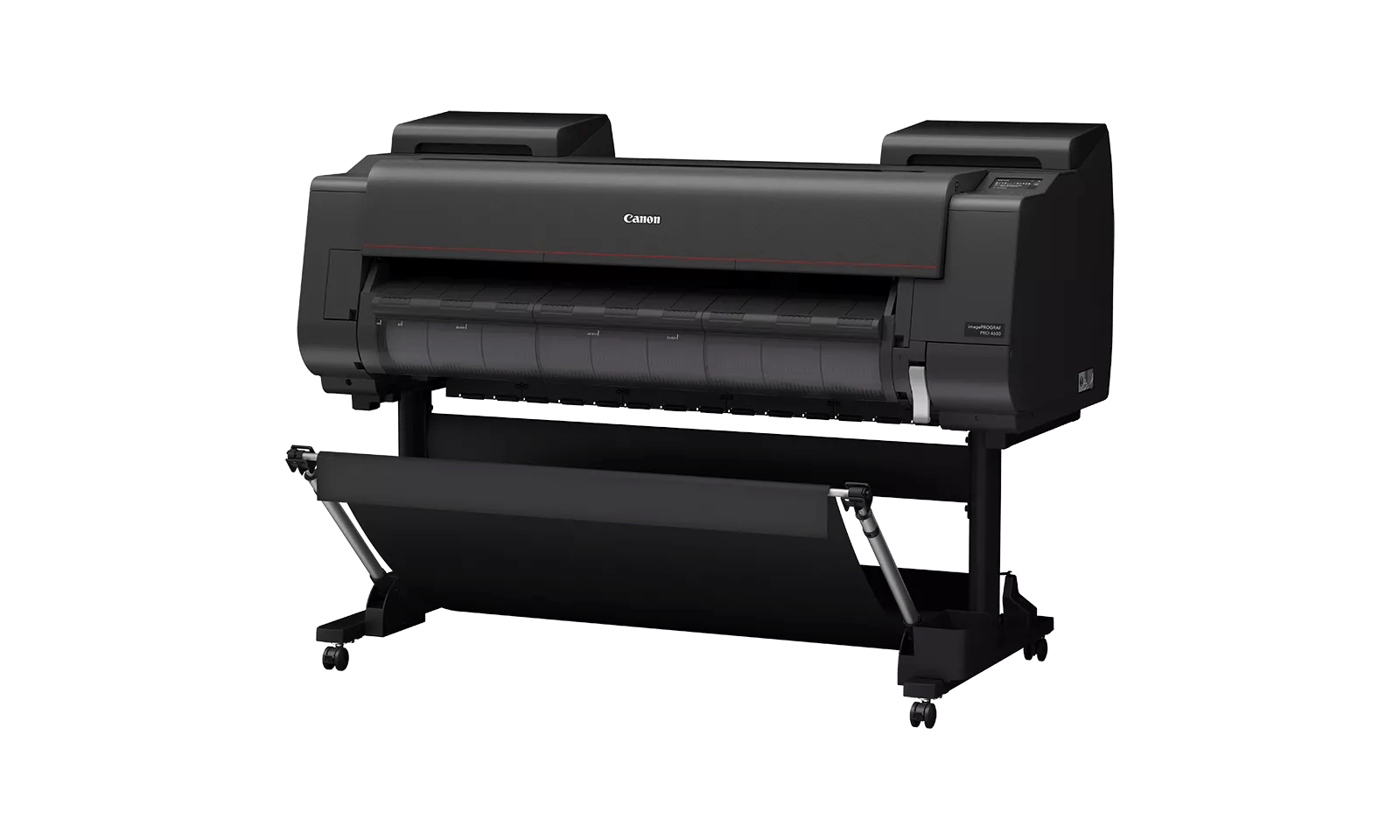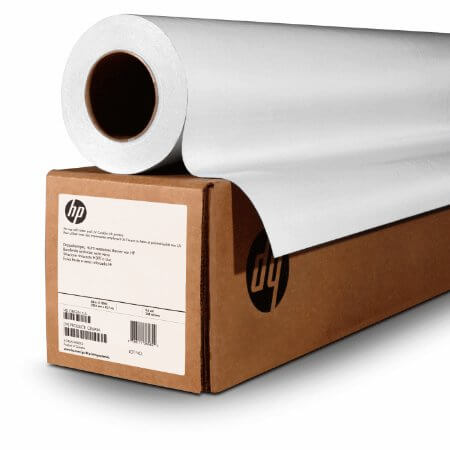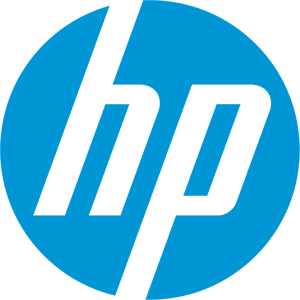Transform your creative vision into stunning reality with professional graphics and fine art media designed for Canon, HP, and Kodak wide-format printers, ranging from repositionable fabrics to museum-quality canvas and photo paper.
Our comprehensive specialty media inventory includes Canon Photo Tex repositionable fabric, Kodak water-resistant poly posters, premium canvas, fine art papers, and Tyvek substrates. Photographers, print shops, and creative professionals trust TAVCO for graphics media solutions with same-day delivery and expert material guidance.
Why choose specialty graphics media:
- Application-specific formulations — Optimized coatings for photo reproduction, fine art, signage, and fabric printing
- Repositionable and removable options — Photo Tex and PSA materials install without wall damage
- Water-resistant durability — Poly and synthetic substrates withstand moisture and handling
- Premium OEM compatibility — Calibrated for Canon imagePROGRAF PRO, HP DesignJet Z-series, and photo-quality plotters
Graphics & Fine Art Media Comparison Guide
| Media Type | Thickness/Weight | Surface Finish | Key Features | Best For |
|---|---|---|---|---|
| Canon Photo Tex (Repositionable) | 12 mil fabric | Matte woven | PSA backing, tear-resistant, repositionable | Wall murals, retail displays, temporary signage |
| Kodak Poly Poster Matte | 9 mil synthetic | Matte | Water-resistant, self-adhesive, durable | POP displays, outdoor signage, event graphics |
| Tyvek Inkjet Paper | 7.1 mil | Coated matte | Tear-proof, waterproof, lightweight | Maps, outdoor banners, durable documents |
| Fine Art Canvas | 17-21 mil | Matte/Satin texture | Cotton/poly blend, gallery-wrap ready | Fine art reproduction, photography, giclee prints |
| Premium Photo Paper (Glossy) | 10-12 mil | High gloss | Wide color gamut, instant dry, vivid colors | Photo proofing, portfolio prints, commercial photography |
| Premium Photo Paper (Satin) | 10-12 mil | Semi-gloss satin | Low glare, fingerprint-resistant, smooth | Professional portraits, exhibition prints, framing |
| Backlit Film | 8 mil translucent | Glossy/Matte | Lightbox compatible, high opacity, vibrant | Trade show displays, retail lightboxes, signage |
| Vinyl Banner Material | 13 oz scrim | Matte/Gloss | Heavy-duty, weather-proof, blockout | Outdoor banners, building wraps, event signage |
*Media specifications vary by manufacturer. Contact TAVCO for compatibility verification with your specific Canon imagePROGRAF, HP DesignJet, or Kodak printer model.
Quick Selection Guide
- Best for photographers: Premium photo paper glossy/satin (vivid colors, wide gamut)
- Best for fine art reproduction: Fine art canvas 17-21 mil (gallery-wrap ready, archival quality)
- Best for retail displays: Canon Photo Tex repositionable (easy install/remove, no wall damage)
- Best for outdoor signage: Kodak poly poster or vinyl banner (water-resistant, UV-stable, durable)
- Best for temporary graphics: Tyvek paper (tear-proof, waterproof, lightweight, reusable)
Graphics & Fine Art Media Frequently Asked Questions
Quick Answer: Canon Photo Tex is a 12 mil repositionable fabric with pressure-sensitive adhesive backing that installs on walls without damage and can be removed and repositioned multiple times.
What is Canon Photo Tex, and how does it work for wall graphics?
Canon Photo Tex is a 12-mil woven fabric substrate with a unique pressure-sensitive adhesive (PSA) backing, designed for temporary murals, retail displays, and interior graphics. Unlike traditional vinyl, Photo Tex adheres through micro-suction technology, which grips smooth surfaces without leaving permanent adhesive residue. This allows installation on painted drywall, glass, tile, and metal surfaces with easy removal and repositioning. The fabric texture eliminates glare and provides a premium appearance for photography, fine art reproduction, and brand graphics. Photo Tex prints are compatible with Canon imagePROGRAF PRO-series pigment ink systems and maintain color vibrancy for 2-3 years indoors. The material is tear-resistant, won't bubble or crease during installation, and removes cleanly without damaging paint or leaving sticky residue.
Quick Answer: For museum-quality fine art prints, use 17-21 mil cotton or cotton-poly blend canvas with matte or satin finish, compatible with Canon PRO or HP Z-series pigment ink printers.
Which canvas media is best for fine art reproduction and giclee printing?
For museum-quality fine art reproduction and giclee printing, select 17-21 mil cotton canvas or cotton-polyester blend substrates with matte or satin texture finishes. Pure cotton canvas (100%) provides the most authentic traditional art appearance with visible weave texture, ideal for reproducing oil paintings and classical artwork. Cotton-poly blends (60/40 or 50/50) provide better dimensional stability for large prints while retaining the natural canvas aesthetics. Both materials must be compatible with pigment ink systems like Canon imagePROGRAF PRO-series (12-color Lucia PRO inks) or HP DesignJet Z9+ (9-color pigment inks) for archival longevity exceeding 100 years. Look for OBA-free (optical brightening agent-free) canvas to prevent color shifting over time. The substrate should accept aqueous coatings for UV and scratch protection. Premium canvas media typically costs $250-400 per 44-inch x 40-foot roll and includes instant-dry coatings for immediate handling and gallery-wrap stretching without cracking.
Quick Answer: Glossy photo paper produces maximum color saturation and contrast (best for vivid images), while satin/semi-gloss reduces glare and fingerprints (best for framing and professional portraits).
What's the difference between glossy and satin photo paper for professional photography?
Glossy photo paper delivers maximum color saturation, the highest contrast ratios, and deepest blacks, making it ideal for vivid landscape photography, product photography, and images that require dramatic impact. The high-gloss surface reflects light to produce brilliant color depth, but it shows fingerprints easily and creates glare under direct lighting. Satin (semi-gloss) photo paper provides 80-85% of the color vibrancy of glossy paper while significantly reducing surface glare and fingerprint visibility. The subtle texture of satin finishes makes it a preferred choice for professional portrait photography, gallery exhibitions, and framed prints, where viewing angles and lighting conditions vary. Satin paper also accepts signatures and mounting adhesives more readily than glossy surfaces. Both finishes typically use 10-12 mil weight substrates with instant-dry coatings compatible with Canon and HP pigment/dye ink systems. For commercial photography studios, maintaining both glossy (for client proofing and vivid subjects) and satin (for final deliverables and framing) inventory ensures flexibility across diverse project requirements.
Quick Answer: Water-resistant media like Kodak poly poster and Tyvek paper withstand moisture exposure for outdoor signage, while standard photo papers are designed for indoor use only and will deteriorate when wet.
Can I use specialty graphics media for outdoor applications and signage?
Specialty graphics media designed for outdoor applications include water-resistant poly synthetic papers (such as Kodak Poly Poster Matte), Tyvek substrates, vinyl banner materials, and backlit films with UV-resistant coatings. Kodak's 9 mil poly poster combines water resistance with self-adhesive backing for point-of-purchase displays, outdoor event signage, and temporary storefront graphics that last 6-12 months outdoors. Tyvek paper (7.1 mil) offers exceptional tear resistance and waterproof properties for maps, construction site signage, and outdoor documentation. For long-term outdoor durability (1-3 years), use 13 oz scrim vinyl banner material with UV-protective lamination. These outdoor-rated substrates withstand rain, humidity, and temperature fluctuations without ink bleeding or degradation of the substrate. Standard fine art papers, premium photo papers, and canvas are designed exclusively for indoor use and will deteriorate rapidly when exposed to moisture or direct sunlight. Always verify outdoor durability ratings and consider post-print lamination for extended UV protection on any outdoor graphics project.
Quick Answer: Specialty graphics media costs $150-500 per roll, depending on substrate type, with canvas and premium photo papers at $250-400, repositionable fabrics at $200-350, and poly synthetic papers at $150-250 per roll.
How much does specialty graphics media cost compared to standard plotter paper?
Specialty graphics and fine art media carries premium pricing reflecting advanced coatings, substrate quality, and application-specific engineering. Fine art canvas (17-21 mil, 44-inch width) ranges from $250-400 per 40-50 foot roll. Premium photo papers (glossy/satin, 10-12 mil) cost $200-300 per 100-foot roll. Canon Photo Tex repositionable fabric (12 mil) is priced at $200-350 per 50-foot roll. Kodak poly poster matte (9 mil) ranges from $150-250 per roll. Tyvek paper costs approximately $180-280 per roll. Vinyl banner material (13 oz) costs $200-$ 350 per 50-foot roll. By comparison, standard 20 lb CAD bond paper costs only $30-50 per 500-foot roll. Specific performance characteristics, including repositionability, water resistance, archival longevity, color gamut, and outdoor durability justify the price premium for specialty media. For photography studios and print shops, the cost-per-print on specialty media is offset by higher client billing rates ($15-$ 50 per square foot for fine art prints vs. $0.50-$ 2.00 for standard CAD prints). Calculate your project requirements and expected selling price to determine appropriate media investment for your applications.
Quick Answer: Canon imagePROGRAF PRO-series (12-color pigment), HP DesignJet Z-series (9-color pigment), and Kodak wide-format printers are calibrated for specialty graphics media with premium color accuracy and ink adhesion.
Which wide-format printers are compatible with specialty graphics and fine art media?
Canon imagePROGRAF PRO-series plotters (PRO-4600, PRO-6600) with 12-color Lucia PRO pigment ink systems are specifically engineered for fine art canvas, premium photo papers, and specialty substrates requiring museum-quality color reproduction. HP DesignJet Z-series models (Z9+, Z6, Z9dr) feature 9-color pigment ink technology optimized for photography and fine art applications with Pantone color matching. These photo-quality plotters include advanced color calibration systems (Canon Color Calibration Management, HP Embedded Spectrophotometer), ensuring consistent output across diverse media types. Canon Photo Tex, Kodak poly papers, and premium canvas substrates are certified compatible with these pigment ink platforms. Entry-level technical plotters, such as HP DesignJet T-series or Canon TM-series, use dye-based or standard pigment inks that are not optimized for specialty graphics media, which may result in inconsistent color accuracy or poor ink adhesion. Always verify media compatibility with your printer manufacturer's approved media list and conduct test prints before committing to large production runs or expensive fine art projects requiring color-critical accuracy.
Quick Answer: Store specialty media rolls in climate-controlled environments (65-75°F, 40-60% humidity), sealed in original packaging, standing upright or suspended horizontally to prevent creasing and maintain print quality.
How should I store specialty graphics media to maintain quality and prevent damage?
Proper storage of specialty graphics media is critical for maintaining print quality, color accuracy, and substrate integrity. Store all media rolls in climate-controlled environments, maintaining a temperature of 65-75°F and a relative humidity of 40-60%. Keep media in original sealed packaging until use to prevent dust contamination and moisture absorption. Position rolls vertically (standing upright on end caps) or horizontally suspended on proper media racks; never lay rolls flat on concrete floors where moisture condensation can occur. Canvas and fabric substrates are particularly sensitive to humidity fluctuations, which cause expansion and contraction, affecting registration during printing. Premium photo papers with instant-dry coatings can develop edge curl if exposed to low humidity below 35%. Avoid storing near windows with direct sunlight, as UV exposure can degrade specialty coatings even through packaging. Rotate inventory using the first-in, first-out (FIFO) methodology to prevent aging beyond the manufacturer's recommendations (typically 18-24 months for optimal performance). For Texas climate conditions characterized by high heat and humidity, consider installing dedicated climate-controlled media storage rooms or cabinets to maintain consistent conditions year-round, ensuring optimal results with fine art and specialty substrates.
Texas Graphics Media Experts: TAVCO maintains an extensive inventory of Canon, HP, Kodak, and specialty graphics substrates for fast delivery across Houston, Dallas-Fort Worth, Austin, and San Antonio. Our imaging specialists offer media recommendations, compatibility verification, sample rolls for testing, and volume pricing tailored to photography studios, print shops, sign companies, and marketing agencies. We stock repositionable fabrics, fine art canvas, premium photo papers, outdoor-rated synthetics, and application-specific specialty media calibrated for Canon imagePROGRAF PRO and HP DesignJet Z-series printers. Call 866-254-8590 for custom roll sizing or technical consultation on substrate selection for your specific printing applications. Since 1984, Texas creatives have trusted TAVCO for its expertise in graphics media and responsive local support.

